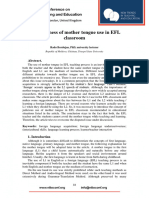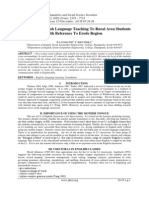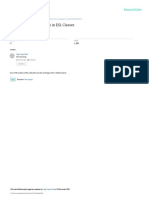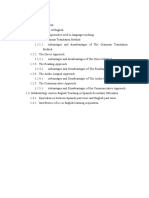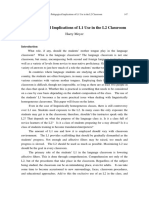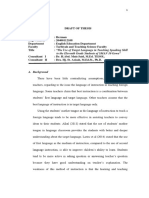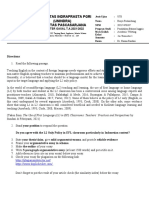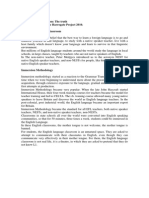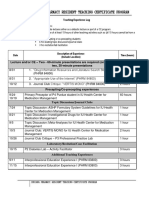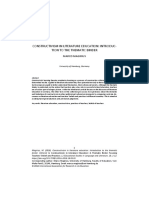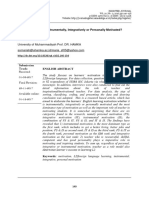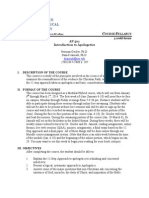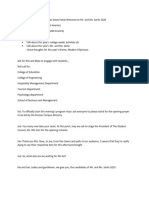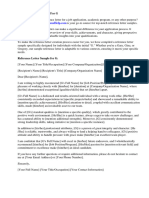0% found this document useful (0 votes)
27 views5 pagesEffectiveness of Using L1 in EFL
This is the stupidest thing I have ever seen in my life
Uploaded by
for studyCopyright
© © All Rights Reserved
We take content rights seriously. If you suspect this is your content, claim it here.
Available Formats
Download as PDF, TXT or read online on Scribd
0% found this document useful (0 votes)
27 views5 pagesEffectiveness of Using L1 in EFL
This is the stupidest thing I have ever seen in my life
Uploaded by
for studyCopyright
© © All Rights Reserved
We take content rights seriously. If you suspect this is your content, claim it here.
Available Formats
Download as PDF, TXT or read online on Scribd
/ 5





